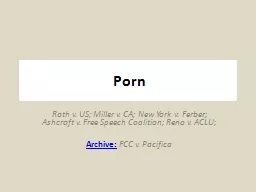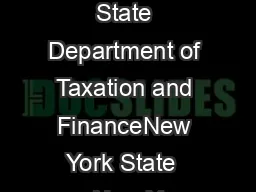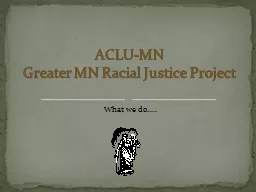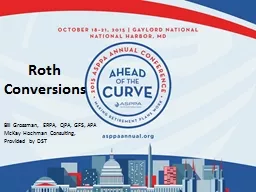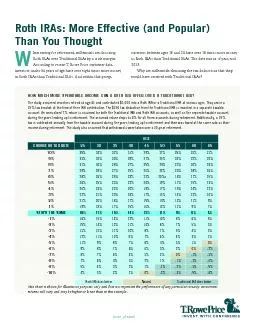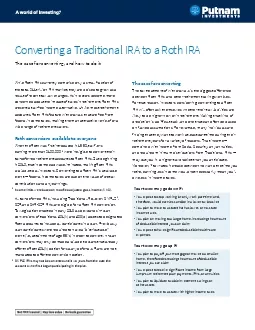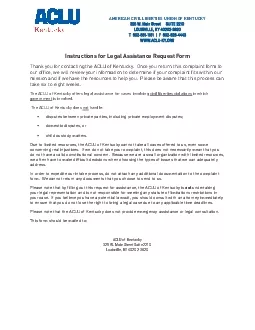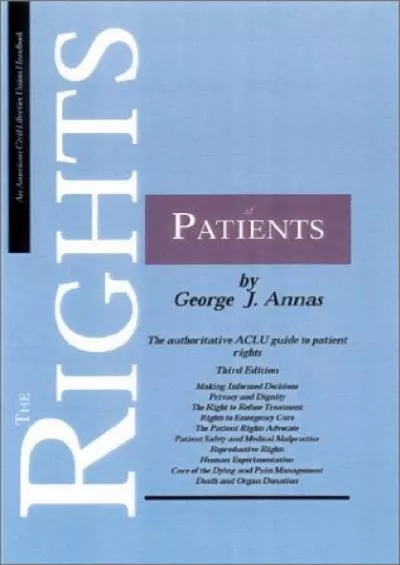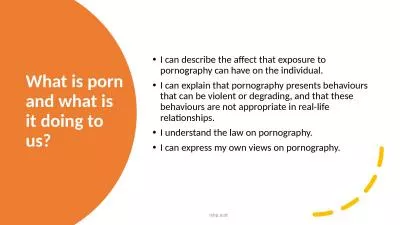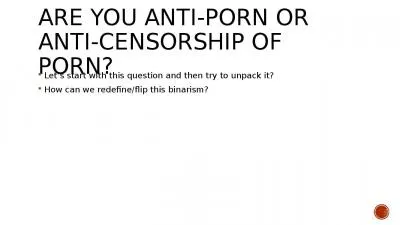PPT-Porn Roth v. US; Miller v. CA; New York v. Ferber; Ashcroft v. Free Speech Coalition;
Author : pamella-moone | Published Date : 2018-12-04
Archive FCC v Pacifica Definitions Obscenity from Latin obscenus not said B eyond First Amendment protection Obscenity includes pornography but also includes
Presentation Embed Code
Download Presentation
Download Presentation The PPT/PDF document "Porn Roth v. US; Miller v. CA; New York ..." is the property of its rightful owner. Permission is granted to download and print the materials on this website for personal, non-commercial use only, and to display it on your personal computer provided you do not modify the materials and that you retain all copyright notices contained in the materials. By downloading content from our website, you accept the terms of this agreement.
Porn Roth v. US; Miller v. CA; New York v. Ferber; Ashcroft v. Free Speech Coalition;: Transcript
Download Rules Of Document
"Porn Roth v. US; Miller v. CA; New York v. Ferber; Ashcroft v. Free Speech Coalition;"The content belongs to its owner. You may download and print it for personal use, without modification, and keep all copyright notices. By downloading, you agree to these terms.
Related Documents

